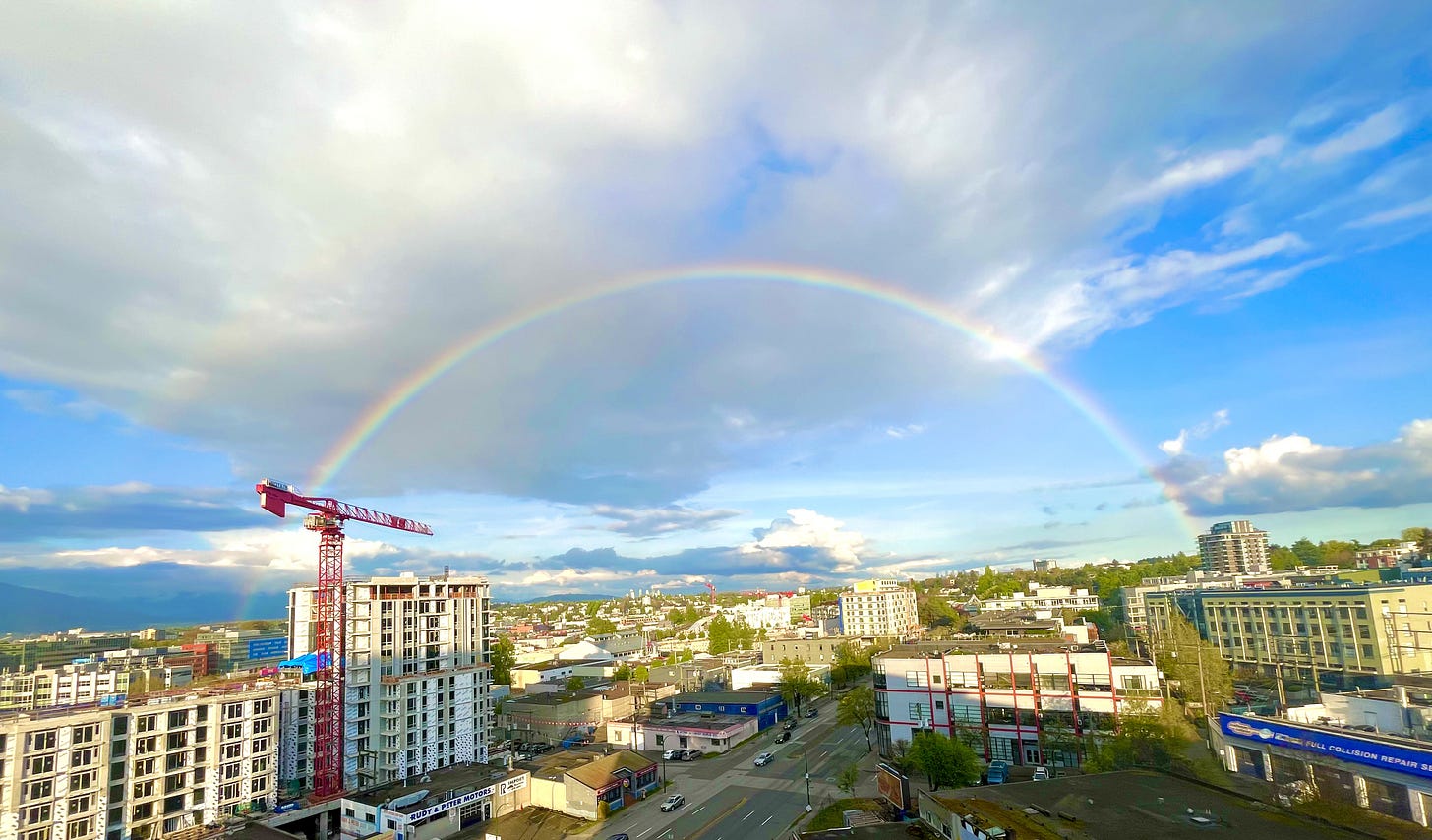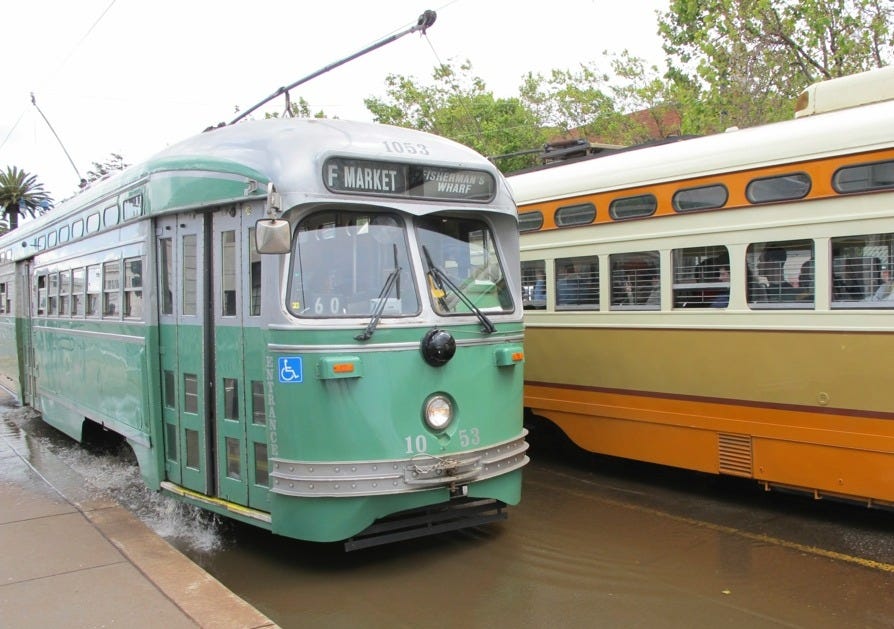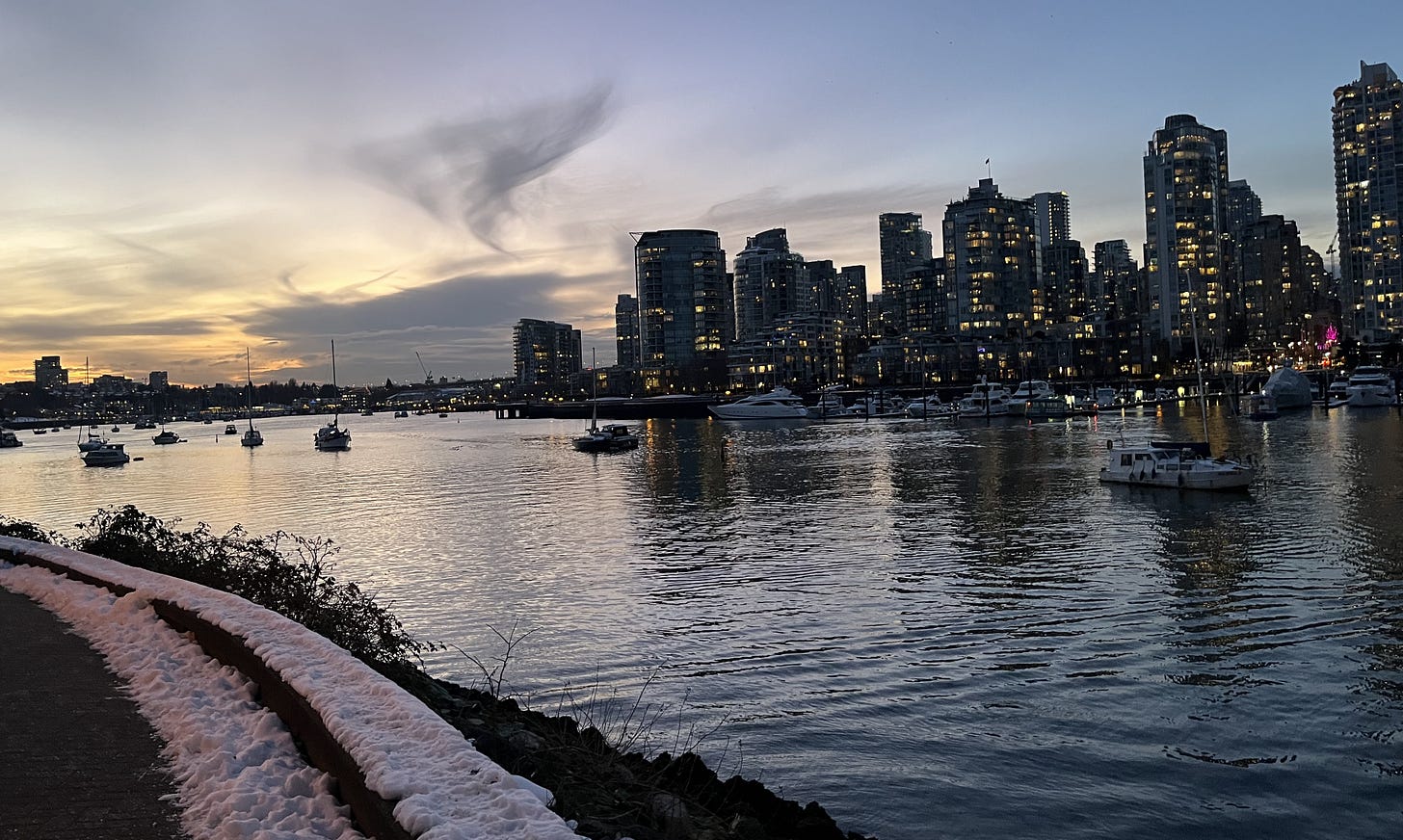Like many people who start in research and find themselves building a career outside of academia, my journey hasn’t been linear and I doubt it will ever be. Most degrees these days don’t lend themselves to qualifying you for a single job or field that you can stay in until you retire. If most career paths these days aren’t linear, or at least straightforward, how can you plan ahead and position yourself for success?
Constructing a career is like planning a city. You don’t ultimately know how it will develop or what direction it will expand, but if you create a solid infrastructure from the beginning you can support future growth. To do this, approach building a foundation in four phases: exposure, immersion, connection and integration.
These phases are meant to be guiding maps for actions and activities depending on what section of your career you’re building. You can map these phases to your grad school experience, as a professional at a crossroads and looking to pivot your career, or if you want to strengthen the path you’re already on. This phased method provides an informative, flexible, iterative and relational approach to career construction.
Expose Yourself to What’s Out There
This first phase is a launching point for discovery. It’s the base layer of the foundation because the goal is to explore the terrain, absorb potential options and learn what others have done previously - before constructing any skyscrapers.
There’s no set end point or time frame for this phase. If you’re unsure about your next step or just feeling complacent with where you’re at, start here and stay here until something clicks. Keep an open mind and focus on collecting information. Follow your interests, but don’t limit your exposure - remember, you don’t know what you don’t know. Find a variety of topics to explore.
You can always come back to the exposure phase. Right now, you’re seeing what routes spark your interest and where you want to immerse yourself.
Immerse Yourself in the World
After observing a variety of topics and possible routes, start testing them out. Spending the time exploring will give you a solid launch pad to start involving yourself in these new areas. I am a dedicated supporter of experiential learning. The best way to learn is to actively engage to get hands-on experience.
Using the information gathered from exposing yourself to a new path, try out a range of experiences to follow up on anything that seems interesting. Volunteer with organizations or groups that interest you and allow you to immerse yourself in a new tangential path or topic. This is an invaluable way to expand your experience, take on new responsibilities, and develop skills. All the while you’re giving those new ideas a test run and working with other people already in the field or (like you) wanting to enter the field.
Don’t start applying for jobs and don’t quit your current job (just yet). Instead follow the threads of interest and immerse yourself in extracurricular work or take on stretch projects in your current job. This allows you to test your interests, begin translating your current skills to new settings, and build a portfolio of experiences to tap into when you’re connecting down the road.
Connect the Dots and the People
Everything comes down to relationships. Exposure and immersion lay the foundation because you’re not only learning and testing out what interests you and what you’re good at, but also connecting with people in those areas.
Engage with those who you originally encountered while exploring options. You now have immersive experiences to inform your conversation with them and ask more specific questions. As you learn more about a role or field from someone working in that area, you can better link what you’ve done with what skills a job requires.
During your hands-on immersive work you’ve demonstrated your skills and worked collaboratively. Showing and not just telling can strengthen connections with people and create a stable foundation to tap into later. Being helpful and reliable goes a long way and people you’re working with during these activities will remember this.
Through exposure you’ve explored your interests and through immersion you’ve experimented with these interests, now connection is about engaging with the network you’ve built along the way to see what’s involved in following those interests.
Integrate and Iterate
The final phase is integrating the exploration, experimentation and engagement to lay a foundation for whatever is next. The integration stage involves incorporating the learnings from every phase and adjusting as needed.
Each phase builds off one another, but the lines between them blur and the time spent in each one varies. Integration involves reflection and iteration. It’s about the journey of laying the groundwork and based on the data collected deciding what’s next. Very rarely do you decide on a career path and forge ahead with no diversions and complications. Your career is always being constructed, it’s never really done.
Applying the Phases (Grad School Edition)
In the early years of my PhD I was very focused on courses and experiments. I attended events hosted by my department, especially (the few) that featured professionals with “non-traditional” career paths, but I was too far away from graduating to know what I wanted to do and too busy to focus on my next step. I did get a taste of the options out there though.
As I realized academic life and lab work was not for me, I began following the threads of interest I discovered during my exposure activities and immersing myself in extracurricular work that allowed me to test my interests, but also translate my current skill sets to new projects while building a portfolio of non-thesis related work.
As I was writing my thesis, I started tapping into my network to have informational interviews with people I had interacted with along the way. Talking with each person honed my next steps and I could bridge the gap between my research and extracurricular work and where I wanted my career to head. Connecting with people was invaluable to where I am now.
I was able to integrate my learnings, experiences and reflections to build the first stretch of a career post graduation. From my own career construction so far, I’ve learned to reflect, get involved, have an open mind, be flexible and keep learning.
I’ve carried this phased approach forward as I’m still constructing my career. I focused on “exposure” activities when I started my recruitment job. I’ve been immersing myself in different types of roles since I’ve re-entered academia. And I’m always connecting with people along the way. I don’t know where my career will end, but I’m continuously laying the groundwork for whatever is next.





